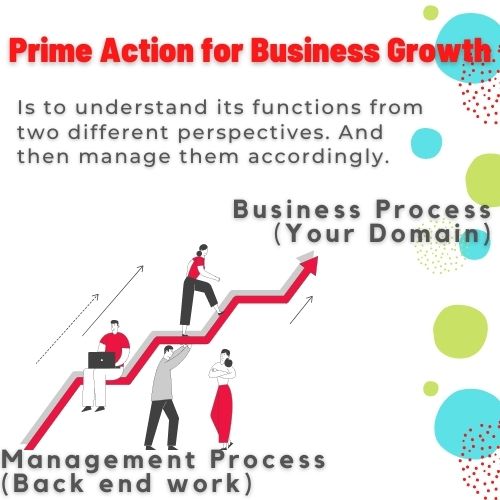Income statement or P&L (profit & loss) report generation is the 10th step in organizing your business. Accountants are experts in this. Make it a habit to prepare your P&L and review it by the 10th of each month. Your company benefits only when, consistency in P & L generation and adherence to the review. Unsurprisingly, many businesses lack this discipline.
Income Statement
This includes all budget-related information. Furthermore, it includes any financial transactions that were not budgeted or incurred. Both in terms of income and expenditure. Examples include a trading company receiving a volume incentive from its supplier or writing off bad debt or old stock. Another scenario is that you make provision for expenses that have already been incurred, but payment must be made at a later date. Monthly profit and loss statements include the allocation of annual expenses such as bonuses, uniforms, and leave and travel allowances. Actual payment is required once a year. Other expenses such as interest, tax, depreciation, and so on are also reflected.
Accountants support you in understanding the P&L from both operational profitability and net financial results. P&L analysis is done for each month and cumulative for the year. Growth is compared month on month and cumulative basis with respect to previous years. If you are unfamiliar with the P&L reports, seek the assistance of an experienced individual. You will master this after one or two interactions.
The Effects and Implications of Income Statement
- You can assess the profitability of a business over various time periods (month, quarter, year) as well as the impact operational or accumulated profit or loss.
- Track the performance of revenue verticals, product lines and divisions
- Measure the effectiveness of cost control measures
- To make decisions on investment, closure and expansion
- Business health indicators such as growth, market share, customer retention and sustainability
- Financial health of your company
What Comes Next after Income Statement
As a decision maker, the income statement is your most powerful tool for dissecting your company’s operations. It carries the targets and actual achievements.
You can understand the precise figures on what was achieved, what was not achieved, deviations, overspending and so on. It also indicates which areas, processes or people contribute to your business and which do not.
It is now time to add cash flow planning and AOP (annual operating plan) to your profit and loss statement. As a result, you have complete control over your company’s financial management.


